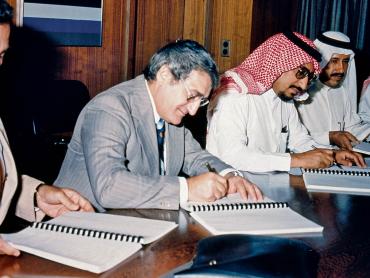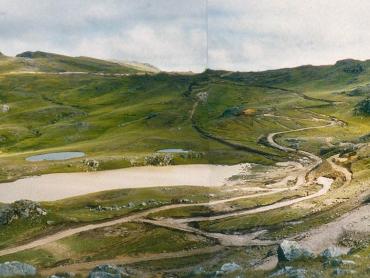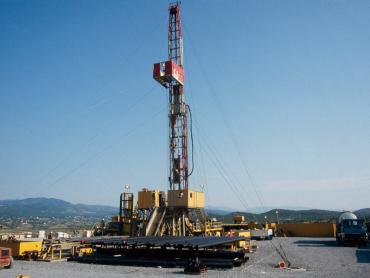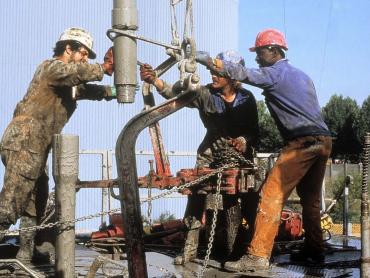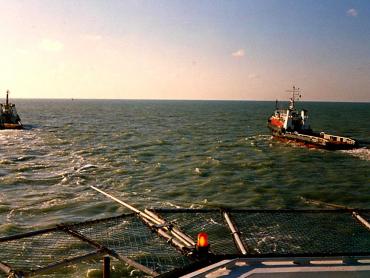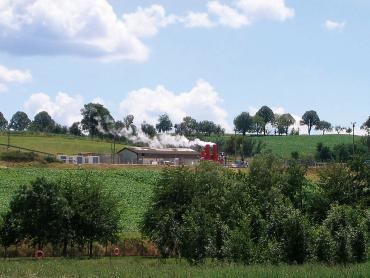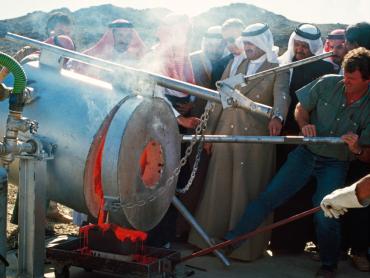After a golden age, paradoxically due to the 1973 oil crisis, BRGM faced a series of difficulties throughout the 1980s. Several mining projects, in particular, folded. The organisation then strengthened its regional involvement and developed its role in renewable energies while focusing on commercial activities, particularly in the field of spatial planning.
As a major mining player, BRGM was forced to settle for a less ambitious programme when the global crisis in the minerals and metals market broke out in 1981. Despite successful mining prospection from Burkina Faso to the former Zaire via Portugal, Coframines' development objectives proved impossible to achieve due to insufficient financial resources, disastrous local contexts and difficult operating conditions. Important projects went on the backburner while others were abandoned. BRGM even sold its assets relating to the Portuguese copper, zinc and tin deposits of Neves Corvo – the largest in Europe – which it had discovered in 1977 with its partners.
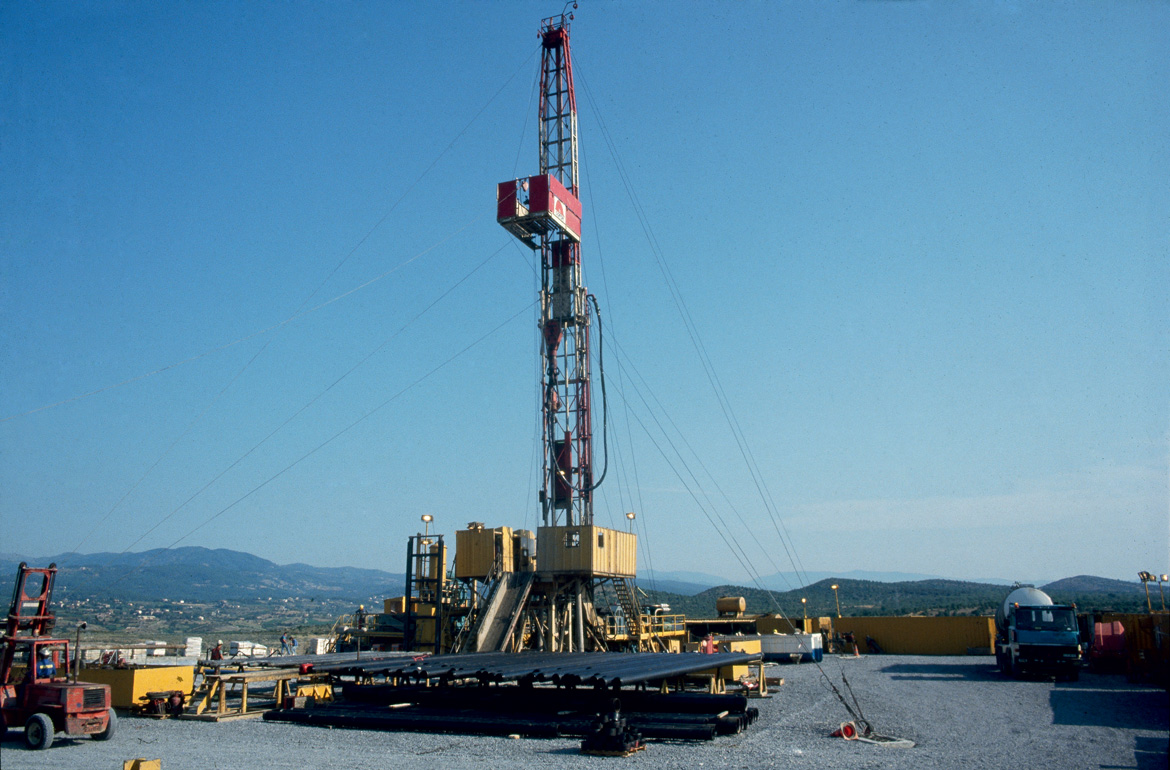
A public geothermal service
The institution shifted its focus to other activities. Following the recommendations of a working group chaired by its supervisory Minister, scientific research focused on a few major federative programmes, such as that for the deep geology of France, launched in 1982. A scientific research department was created in 1985.
The regionalisation of activities was stepped up to bring BRGM closer to users and to get financing from them. The institution also invested in renewable energies. After having supervised a first geothermal programme to heat 4,000 homes in Creil, in the Oise département, since 1976, BRGM was involved in many turnkey projects until the end of the 1980s. A public geothermal service was set up in 1983, through an agreement with the French Agency for Energy Management (Agence française pour la maîtrise de l’énergie – AFME) (since replaced by the ADEME).
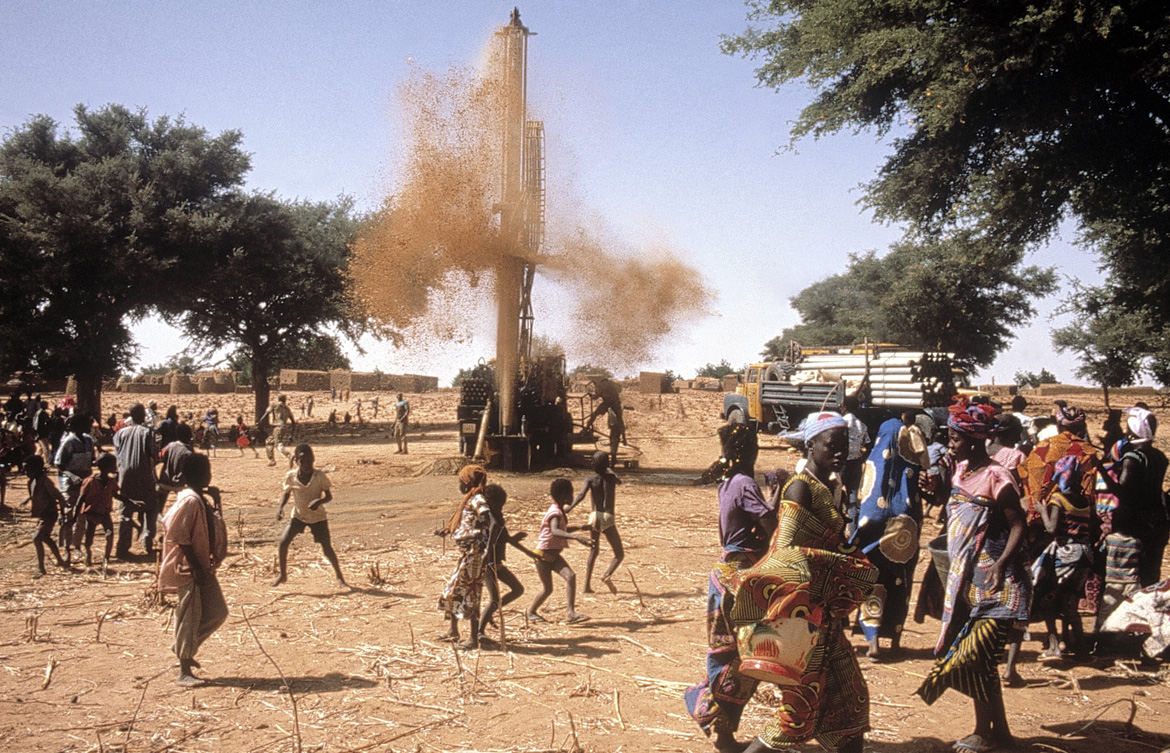
At the heart of major development projects
In the engineering market, which was particularly competitive internationally, the French institution refined its strategy and methods. In 1987, in particular, it set up an entity for Surface and Sub-surface Services, called 4S (Services Sol et Sous-Sol) which brought together all the units specialised in development. At the end of the 1980s, it was involved in an increasing number of large-scale projects: the Cité des sciences de la Villette, and the metros of Toulouse, Bordeaux, Marseilles, the Lyon-Turin rail link and the Channel Tunnel, for which it handled all geological and geotechnical studies. These activities also led it to develop actions for the study and prevention of natural and anthropogenic risks, in France and abroad.
The market for mineral raw materials finally improved in 1988 as id BRGM's situation due to both the development of its service activities and its trimming of costs.

